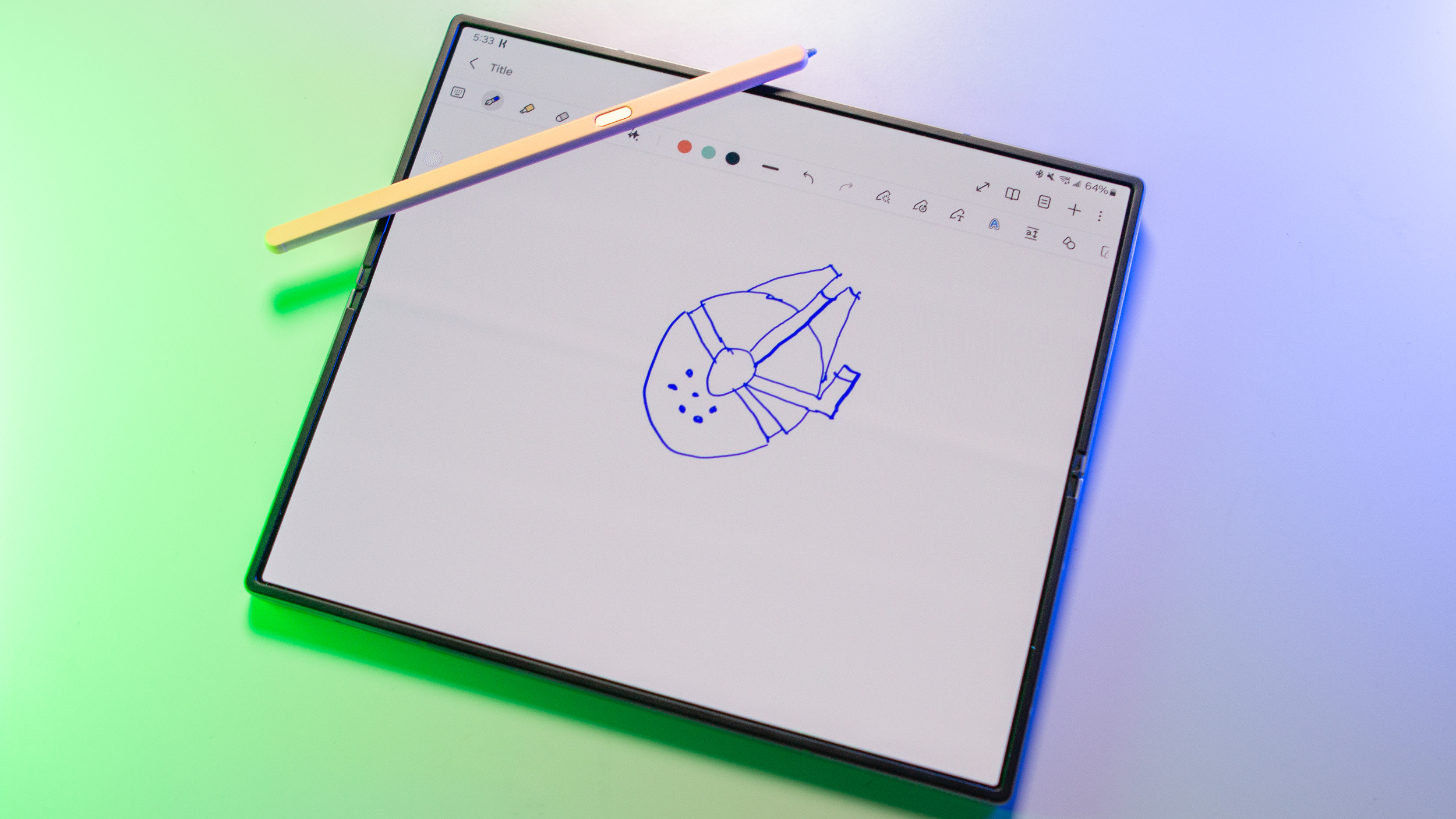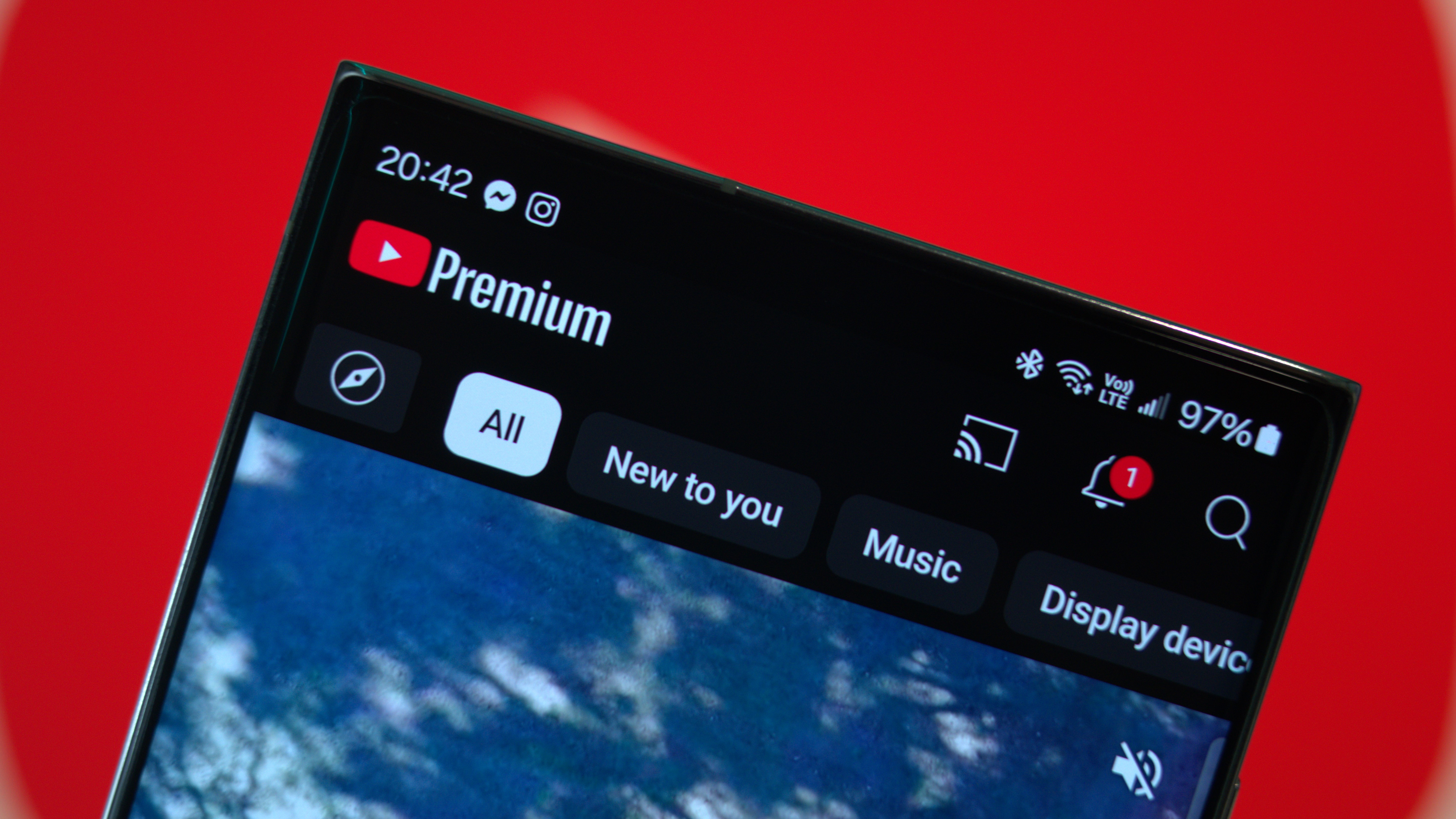Samsung is working on a thin Galaxy Z Fold phone with S Pen support
It's trying to enable S Pen support on screens without a digitizer.

What you need to know
- According to a report from The Elec, Samsung is working on a display that can recognize S Pen input without a digitizer.
- Samsung had to remove the digitizer to make the Galaxy Z Fold 6 Special Edition thinner, sacrificing S Pen support.
- With its new technology, Samsung could make a slimmer foldable while retaining stylus support, but mass production is years out.
In the past, Samsung has been forced to choose between making foldables thinner or including stylus support. That's because phones that work with the S Pen require a digitizer, which makes the entire display assembly thicker. However, the company is looking to develop a display technology that can register S Pen input without having a digitizer, according to a report from The Elec.
The company recently released the Galaxy Z Fold 6 Special Edition, which, among other things, featured a slimmer form factor. While the regular Galaxy Z Fold 6 measured 12.1mm when folded, the Special Edition — exclusive to Korea — measured 10.6mm when folded. The Elec reports that the display digitizer accounted for 0.3mm thickness, and when removed, helped Samsung shave off 0.6mm total.
But the Galaxy Z Fold 6 Special Edition didn't support the S Pen as a result, creating a clear trade-off.
"Samsung Display is also developing a technology that can recognize stylus (S-pen) without a digitizer with its partners," wrote Lee Jong of the Elec, translated to English. "A digitizer is a flexible circuit board used to grasp the position of the S pen in the form of a grid."

"The time of mass production application of technology that recognizes the function of S pen without a digitizer has not yet been decided," Jong continued.
Separately, Samsung is experimenting with using glass back plates within folding phones, commonly referred to as "internal hinges." According to The Elec, this would be a first of Samsung, which uses steel use stainless, carbon fiber reinforced plastic, and titanium across its various foldable offerings currently. Glass is viewed as an alternative by Samsung due to the material's lightweight characteristics and lower cost. Additionally, the move could be part of an effort by Samsung to limit the amount of materials that need to be imported from China.
The Elec reports that an industry official predicted that "it is difficult to apply mass production next year right now, and we can only expect it to be in 2026 at the earliest."
Get the latest news from Android Central, your trusted companion in the world of Android
These two developments may be crucial as Samsung tries to compete in a grueling foldable market, but it appears that neither will be ready for the next Galaxy Z Fold 7.

Brady is a tech journalist for Android Central, with a focus on news, phones, tablets, audio, wearables, and software. He has spent the last three years reporting and commenting on all things related to consumer technology for various publications. Brady graduated from St. John's University with a bachelor's degree in journalism. His work has been published in XDA, Android Police, Tech Advisor, iMore, Screen Rant, and Android Headlines. When he isn't experimenting with the latest tech, you can find Brady running or watching Big East basketball.
You must confirm your public display name before commenting
Please logout and then login again, you will then be prompted to enter your display name.
